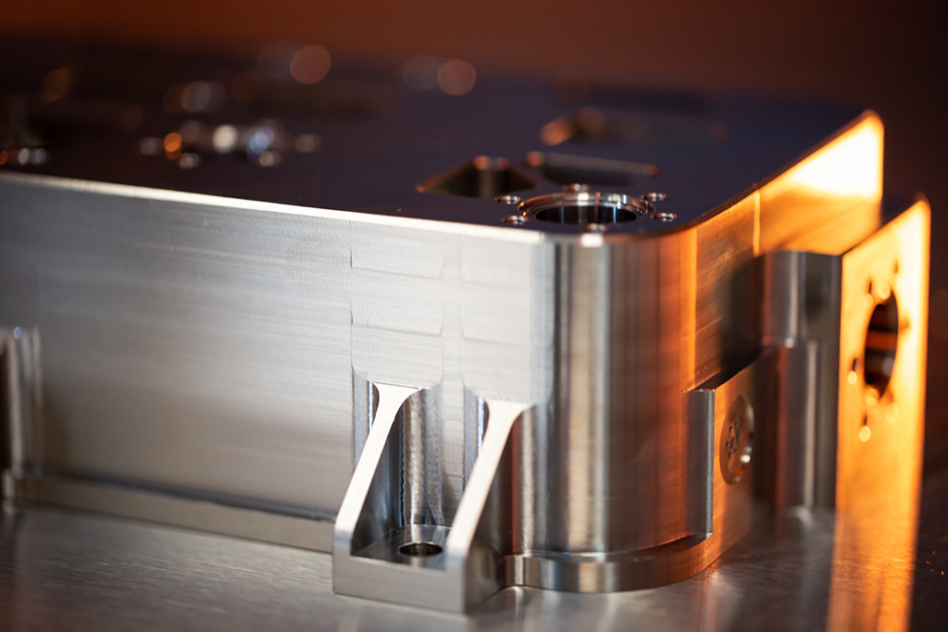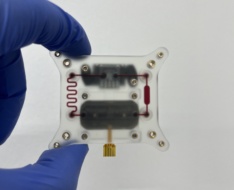The most accurate clock in the world will pass 50B years before it falls a single second behind.
A clock like that could change everything we know about timekeeping and tracking our position in the world, dramatically transforming the precision of our measurements across the globe in a moment. This type of clock is a laser-operated quantum instrument, using light to probe tiny changes on an atomic scale to incredibly high precision.
So far, these instruments have only existed on the ground, far from the space environment where they might be able to reach their fullest potential. That may be about to change.
How it works: Modern optical quantum technology is a far cry from the atomic clocks built in the 60s to power the GPS satellites we still use to find our way around the world and to keep our terrestrial time systems ticking along together. Optical quantum sensors use lasers to measure changes in the state of individual atoms or photons to extremely high accuracy.
- The atomic clocks aboard GPS satellites use radio frequency to keep time to the nanosecond—resulting in accurate positioning on the ground to within a few meters.
- Modern versions of quantum instruments are optical, meaning they use lasers to keep time as much as 1000x more accurately, potentially down to centimeter resolution on the ground.
The space environment: Right now, such precise atomic instruments exist mostly in the laboratory setting. They’re big, clunky, and the most advanced ones tend to be very fragile, built experimentally and not for mass-production or to withstand any serious jostling or environmental changes.
In Pleasanton, CA, a company called Vector Atomic is working to design and build quantum sensors that “could truly operate in the real world,” CEO Jamil Abo-Shaeer told Parallax. The company was founded ~5 years ago by three PhD atomic physicists, and has just jumped the first hurdle to deploy the first optical atomic gyroscope in space by delivering its instrument to the US Defense Innovation Unit (DIU).
Space makes that tough for a few reasons. Atomic instruments built for the space environment need to withstand:
- The stress and vibrations of launch
- Drastic temperature variations
- A harsh radiation environment
All on sensitive, laser-operated instrumentation. Yikes.
“We knew it was really hard, but that is ultimately where this technology can have the biggest impact—putting it into space,” Abo-Shaeer said.
What now? Vector Atomic’s atomic gyroscope is in the DIU’s hands now. Once launched, it will perform tests to measure rotational speed in orbit. From there, Vector hopes to keep pushing the deployment of other types of quantum sensors, including accelerometers and clocks, out in space.




